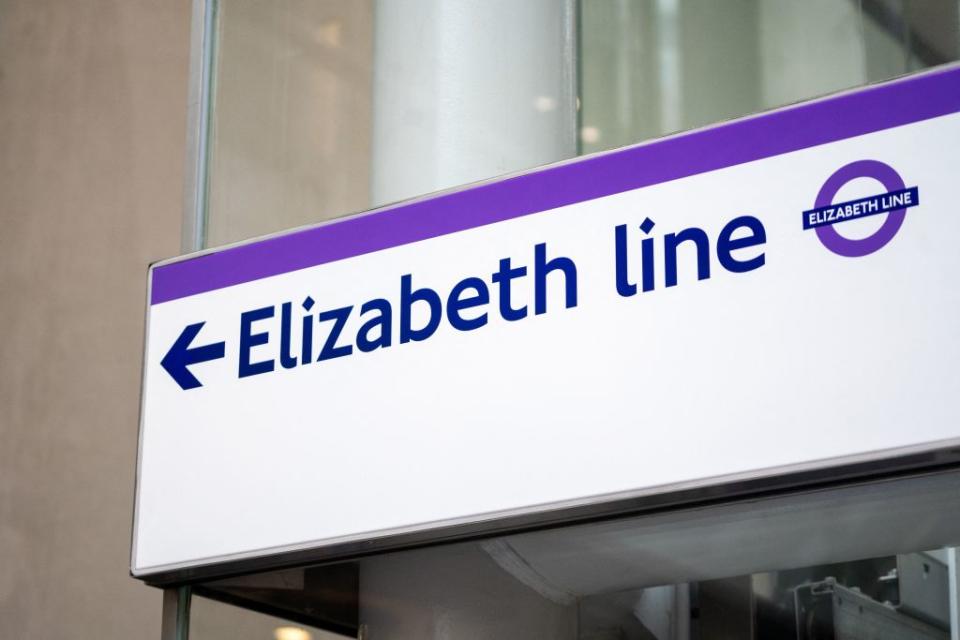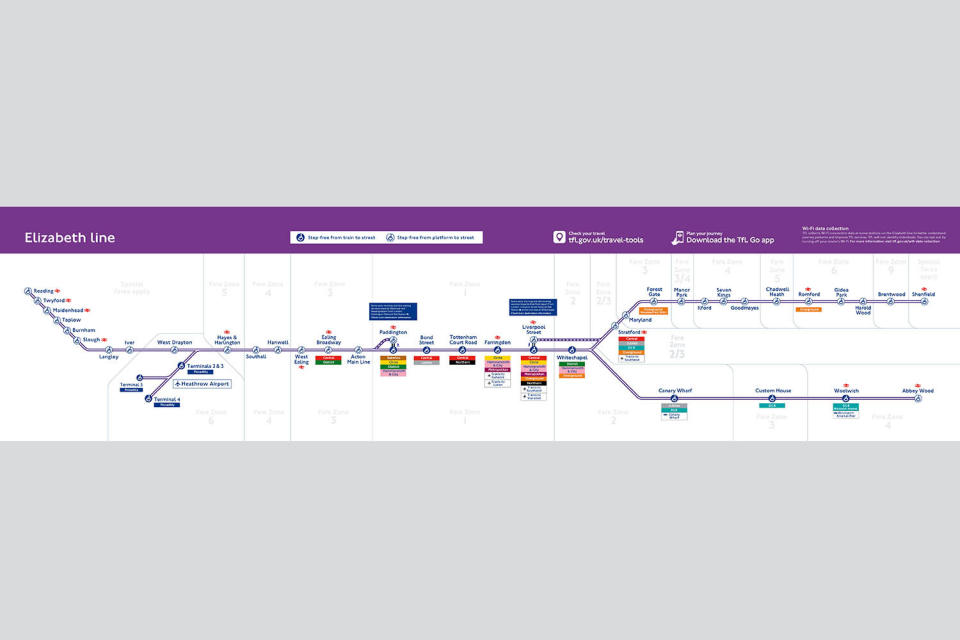TfL Elizabeth line: Tube stations including Reading that don’t accept …

Elizabeth line stations beyond West Drayton to the west do not accept Oyster cards
The Elizabeth line celebrated its one year anniversary in May having completed more than 150 million journeys in its first year of operation.
The third and final stage of the line’s opening on May 21 saw central London’s capacity increase by 10%.
Since November 2022, the Elizabeth line has seen trains going directly from Reading and Heathrow to Abbey Wood, and from Shenfield to Paddington.

The full Elizabeth Line map (Image: TfL)
Customers travelling from Reading and Heathrow have been able to travel east all the way to Abbey Wood without needing to change at Paddington station.
Fares on the Elizabeth line mirror those on the rest of the London Underground, within Zones 1 to 6. However outside these zones customers have to pay the same as those on pre-existing TfL rail services.
Does the Elizabeth line accept the Oyster card?
You can use Oyster to get between any stations in zones 1-6, as well as all the way out to Shenfield in the east. Stations beyond West Drayton to the west, however, do not accept Oyster.
If you are wanting to travel on to Iver, Langley, Slough, Burnham, Taplow, Maidenhead, Twyford or Reading you will need to buy a paper ticket or use contactless.
The Elizabeth line is also part of TfL’s capping system, which limits the amount you’ll be charged in any given 24-hour period for using its services. Currently, for zones 1-6, this stands at £14.90.
Elizabeth line success
The Elizabeth line sees an average of 3.5 million journeys every week, with the busiest week on the railway peaking at over 4.1 million journeys.
Overall, Transport for London (TfL) predicts the purple line will complete around 170 million passenger journeys this year, with the potential to reach 200 million per year if post-pandemic recovery continues at the same rate.
TfL commissioner Andy Lord previously told LondonWorld that the Elizabeth line had “exceeded expectations” in a post pandemic sense.
“It has carried one in six of all UK rail passengers on its own,” he said.
“The service is good, customer feedback is excellent and the new timetable we’ve put in place in May has increased the frequency of trains from Heathrow and Reading, its reduced journey times and increased the number of trains to 24 an hour in the peak period which is a remarkable achievement just 12 months after we opened the railway.”